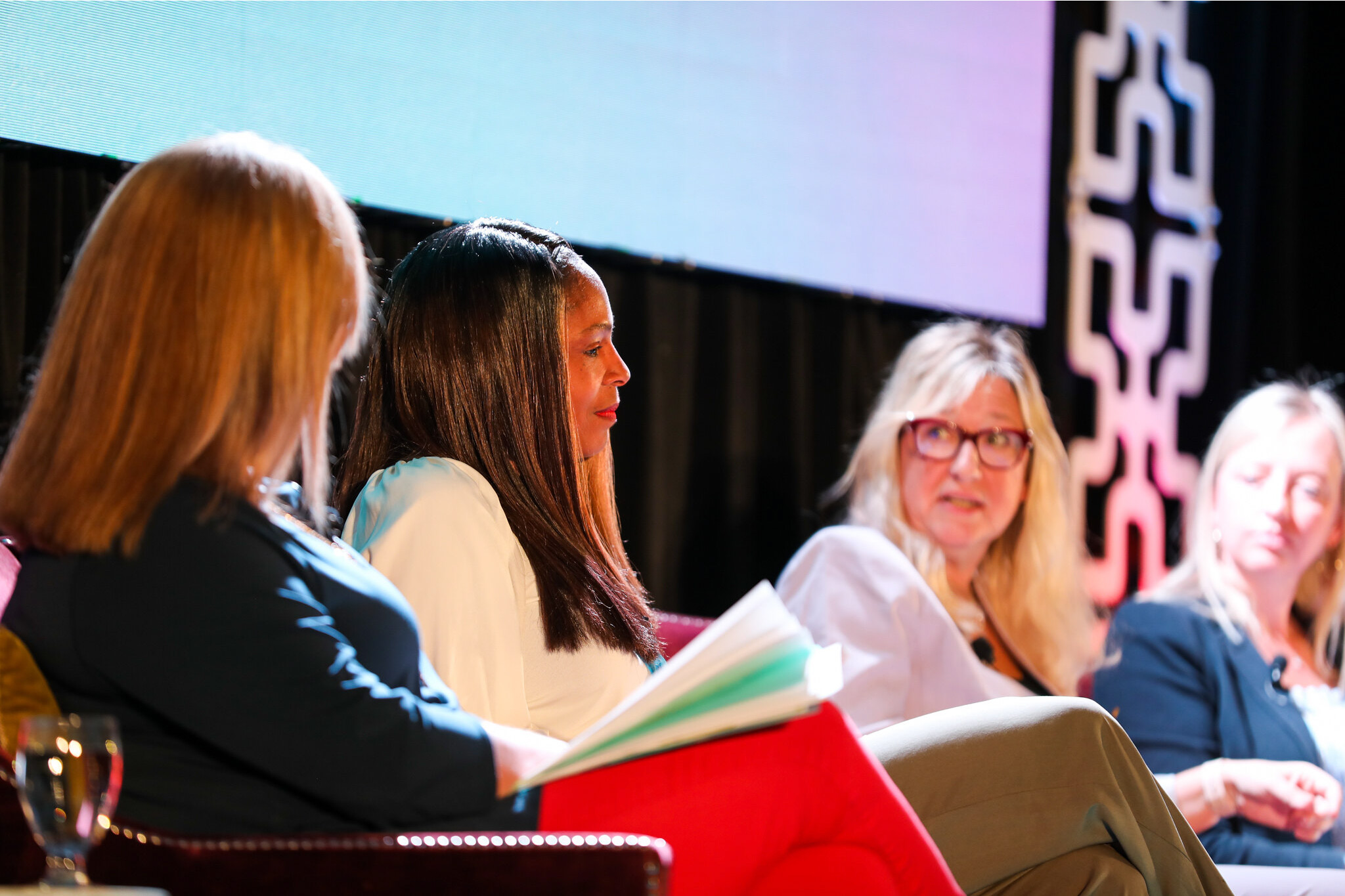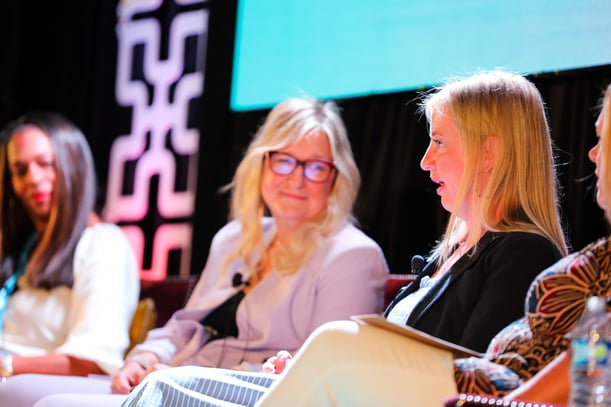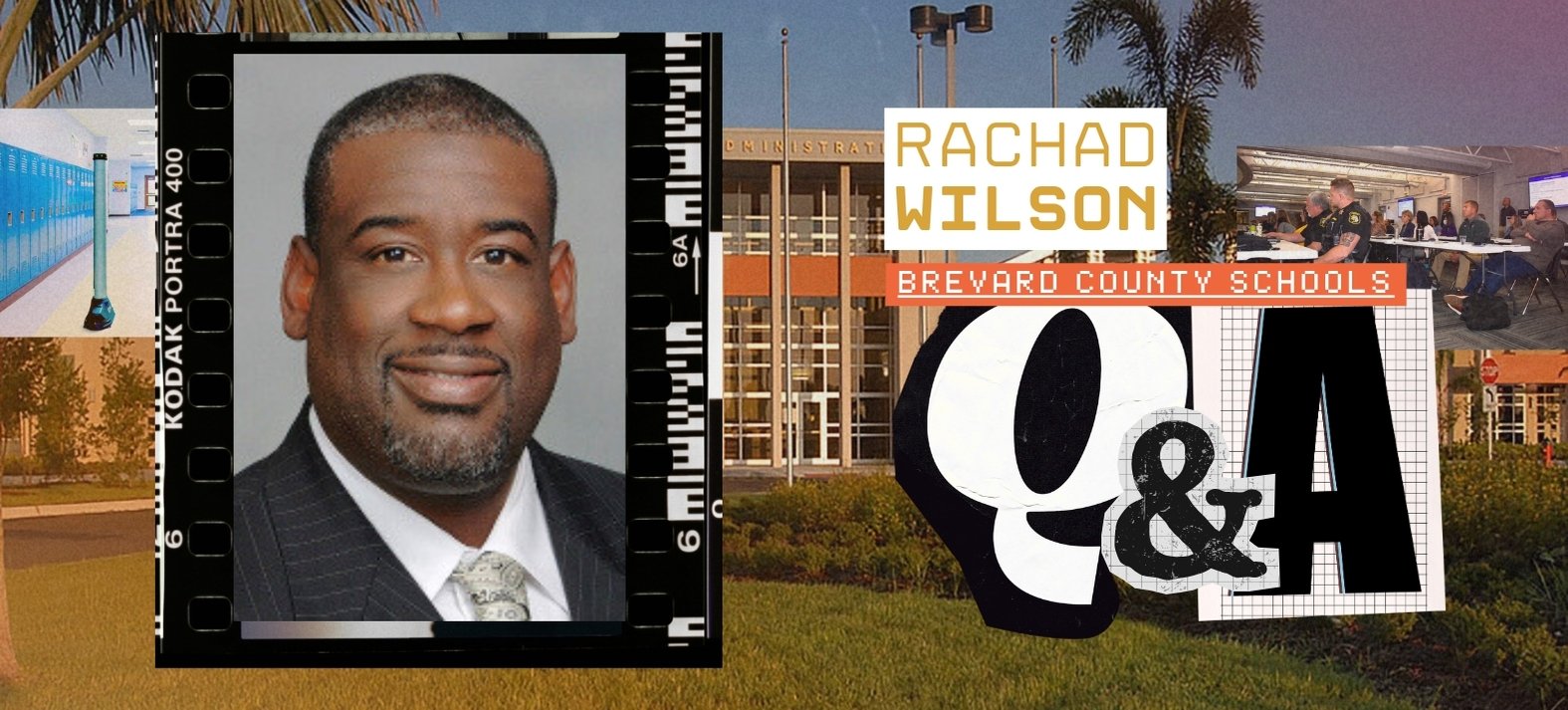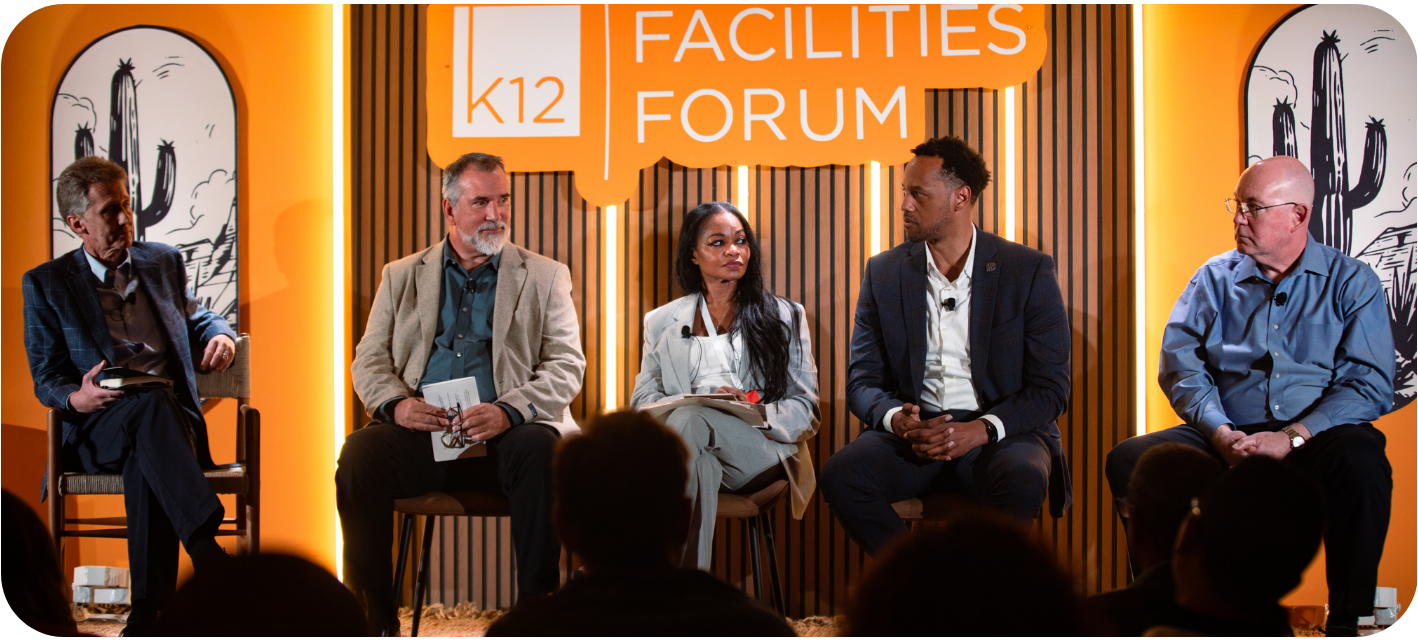Note: We are cross-posting this content from our sister event, the Higher Ed Facilities Forum, because addressing the challenges faced by women in facilities management is an important and often neglected topic that needs to be discussed.
Gender inequality continues to be an issue for facilities organizations, with leadership roles disproportionately held by men. The problem isn’t just inequality at the top, however, but also barriers to entry on the ground floor – not to mention inadequate advancement pipelines for young women in the field.
But a more equal world is possible; in fact, it’s already in the making. In a recent discussion at the Higher Ed Facilities Forum, a group of seasoned facilities management leaders gathered to share their own experiences as women in the profession, exploring what organizations can do to support the next generation of FM professionals.
Moderated by C&W Services COO Jodi Swinburne, the wide-ranging discussion touched on the importance of representation, how to succeed in a male-dominated field, tips and tricks for nurturing facilities teams, and more.
“You Can Start Here, But You Can Also Advance.”
The panel began with a general discussion of the state of gender equality in facilities management. The panelists agreed that while there have been great strides toward parity, the industry is not quite where it needs to be. Fortunately, the presence of women in high-profile roles is one important step.
"Women currently make up about half of our US workforce, and yet we are still seeing quite huge disparities in management roles and salaries, so seeing women in facilities management roles that are typically male-dominated makes it a lot more attainable," said Rayanne Weber, Director of Planning, Design & Construction at Cal State San Marcos. "I really hope that female students see women equally represented on campus and are encouraged to pursue interests that they may have not otherwise been exposed to.”
"Seeing women in facilities management roles that are typically male-dominated makes it a lot more attainable."
Of course, representation itself is not a cure-all. As the New York Institute of Technology’s Suzanne Musho explained, organizations need to create meaningful advancement opportunities, ensure constituents recognize the importance of facilities teams and invest in the success of young facilities management professionals. At NYIT, her team frequently interfaces with the student body – at sustainability town halls and in other stakeholder meetings, for instance – and offers OSHA 40 training.
"Things like this help people to see, 'Yes, you can start here, but you can also advance,'" said Musho, the university’s Chief Architect and VP of Real Estate Development & Sustainable Capital Planning. "That helps with diversity, because no one wants the same job for their entire lives.”
Her point was echoed by Bonita Dukes, Clark Atlanta University VP of Facilities Management. If organizations want to build more diverse facilities teams, Dukes argued, they need to make clear how complex and important facilities management really is.
"Once you start unpacking what we actually do, that opens up a lot of doors for a lot of people with diverse expertise – especially women, who traditionally are able to juggle a lot of different priorities," she said. "The more that we get organizations to understand our contribution to the corporate strategy and fulfillment of the mission of the institution, the more that we get them to understand that we have a role.”
The Importance of Self-Advocacy
Reflecting on their own careers, the panelists agreed that success in male-dominated fields requires no small amount of self-advocacy. "You have to self-advocate to be able to express your goals, your wants, and your wishes," said Ericka Westgard, VP of Operations at C&W Services, where she provides IFM solutions to higher ed institutions. Equally important is building relationships with colleagues and decision-makers. "How do you do those things? It's by being trustworthy, it's by being transparent, it's by doing what you say you're going to do.”
A crucial component of that self-advocacy is a willingness to ask difficult and potentially critical questions. "So many of us are taught at a young age that it's disrespectful to question your elders," Weber explained. "I think you can have those conversations in a respectful way, but also question things that are outside of your normal thinking. That's what makes us all diverse.”
At the same time, she stressed, organizations need to empower younger employees to ask those sorts of questions. For women to rise into leadership roles, senior employees need to step in and serve as their allies and mentors.
"I was fortunate to be developed throughout my career by having some very good allies, both male and female, in the CFO roles, in the president roles," Dukes said. Today, she finds herself in a position to pay it forward. "I see a lot of students that actually look to me because of the role that I'm in, to help them on their path. So it's really good and encouraging to see that just by our presence in our roles, we are actually helping the next generation, too.”
“It’s Our Responsibility to Help Others.”
The panelists described a few measures they’ve taken to support and encourage young women in facilities management. At C&W Services, Westgard’s team conducts focus groups and works closely with women in trades, identifying what obstacles they face and what support mechanisms they need. These efforts are important not just for recruitment, but also for retention.
"It's our responsibility to help others, and to open the door for the next generation of women coming behind us," she said. "It's really important to provide them that support and that network once they're through the door.”
Early in the pandemic, Musho worked with NYIT’s Dean of Engineering and Computing Sciences to launch a six-week Python course for women and caregivers. "The reason that we did that was because in December of 2020, all of the job loss in the United States was borne by women," she explained. Many of these people were likely underemployed in the first place, she added, and would gain a valuable leg up from some new skills.
"After the women were finished, they were then given career opportunities and training programs to try and further their careers. That’s just one example of how you appeal to the learning styles and learning needs of women – just like we need to do in other underserved populations – and higher education's the place to do it.”
When Dukes speaks with young facilities professionals, she likes to emphasize the career advantages of having a background in architecture. On the one hand, it instills a focus on what people do in spaces and what, therefore, those spaces need; on the other, it affords a range of creative problem-solving skills and management faculties. 
"Not only do architects have to manage the design, but we also have to manage a varied group of consultants," Dukes said. "We have to manage owner expectations, and we have to manage budgets and administration of construction activities. That's a wide variety of different expertise that we have to have. All those different management skills and expertise equip us for this very unique and expansive knowledge base… You can parlay your training into a myriad of other related careers in capital planning and facilities management.”
Building a Birthday Cake Skyscraper
As they wrapped up, the panelists discussed a few tips and tricks for facilities leaders hoping to build strong, successful teams. For Weber, maintaining a human connection is key, whether that means getting to meetings early to touch base with the team or chatting with the office custodian about their family. Dukes, meanwhile, likes to follow the lead of a former boss who brought her to meetings that had nothing to do with her role, ensuring she developed the sort of rounded perspective crucial to a leadership position.
Musho offered a story. When her kids were younger, she used to volunteer at their school teaching students about skyscraper design and inviting them to design their own towers. When one young girl designed a “huge birthday cake skyscraper” with a candle on top, a classmate told her it would never work – there would be no way to light the candle. The girl was about to scrap her idea and start over, but Musho wouldn’t let her. “I said, 'You meant to have a helicopter go by and light that candle every night?” she recalled. “And she's like, ‘Yes.’"
It’s this kind of support and encouragement that facilities leaders need to give younger women in the industry. “It’s just giving the exposure, giving the support, giving that little tiny path to success," Musho concluded. "Putting yourself in that little girl's position who was so crestfallen, and saying there's no problem. We'll just have a helicopter take care of it every night."

Posted by
Join us at the K12 Facilities Forum!
The community for district and facilities leaders
Nov 8-10, 2026 | San Antonio, TX









-3.png)

Comments